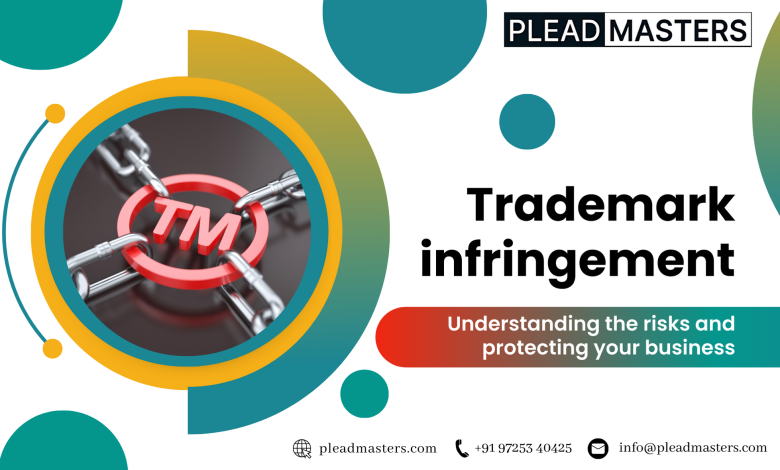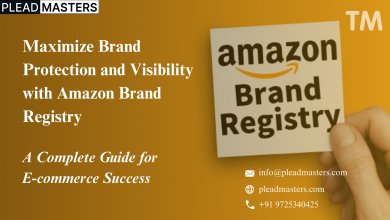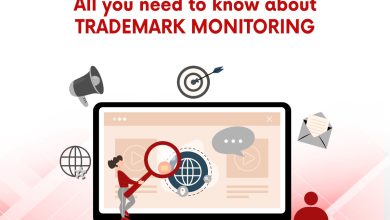Trademark infringement : Understanding the risks and protecting your business

In today’s competitive world, merely protecting your intellectual property by way of a trademark or copyright registration is not enough, as issues like trademark infringement can arise. One needs to be mindful of the challenges that come with the unauthorized use of the intellectual property and the repercussions it has on one’s business.
Thus, it becomes extremely significant that the owner of the right, not only knows what constitutes an infringement, but also, what does not. The courts have time and again pointed out a stark difference in the basis of the legal text and the facts and circumstances of each case to ascertain the ownership of an intellectual property and the infringement thereof.
When it comes to trademark infringement has graver consequences owing to how the very identity and brand reputation of a business lands up in great peril if such an incident is reported. An incident of trademark infringement can be defined as the unauthorised use of a distinct trade or service mark associated with a good or service AND such unauthorised use is such that it is capable of creating a confusion in the minds of people in general, the customers and also causing a significant harm to the brand’s repute.
According to Section 29 of the Trademarks Act, 1999, infringement can be directly done via :
- The unauthorised use of the trademark
- Using a similar or deceptive mark
- Registration of an already existing trademark
- Associating the infringed mark with similar goods and services
The Trademark infringement can be addressed by claiming both criminal and civil remedies. Section 134 of the trademark act, 1999 provides that on successfully establishing the merit of the complaint the court can grant an injunction order, appropriate damages, handover the profit accounts, etc, depending on the facts and circumstances of the case.
Since trademark infringement is a cognizable offence, based on the penalty attracted, civil or criminal, the Trademark Act, 1999 prescribes, in addition to the injunction order,impose a fine ranging from Rs.50,000 to 2,00,000 on the infringer. Additionally, the offence is punishable with imprisonment of a minimum period of 6 months extendable upto 3 years.
The trademark infringement, in addition to being carried out directly as described in Section 29, can also take place indirectly.This can be carried out either via vicarious Infringement, which occurs when a person has control over the acts of a direct infringer to infringe, OR Contributory Infringement which occurs when a person either knows of the infringement, contributes to direct infringement, or influences the principal infringer for direct infringement.
As much as it’s important that one knows when their trademark is being infringed it is also essential that they realise what does not fall under infringement and the defences that one can use in case they are falsely prosecuted. These defences are stated in Section 30 of the Indian Trademarks Act, 1999. They include, but are not limited to :
Use of trademark for honest practices in commercial matters, the use is not carried out with the intention of causing undue harm to the reputation or cause advantage to the infringer, such use is outside the scope of registration, when such use is in continuance of an already obtained consent and is not revoked or obliterated among others.
Now that we are informed about trademark infringement, its types and repercussions, we shall now discuss the steps that must be taken in order to ensure protection and manage it.
Conducting a through Trademark Search
A thorough and extensive trademark search ensures the replication of an identical trademark being registered, the registration being contested and the unnecessary litigation that follows. The important factors to consider while conducting a search is the jurisdiction in which the product is being sold, the market in which it is being sold, whether online or offline stores, etc.




